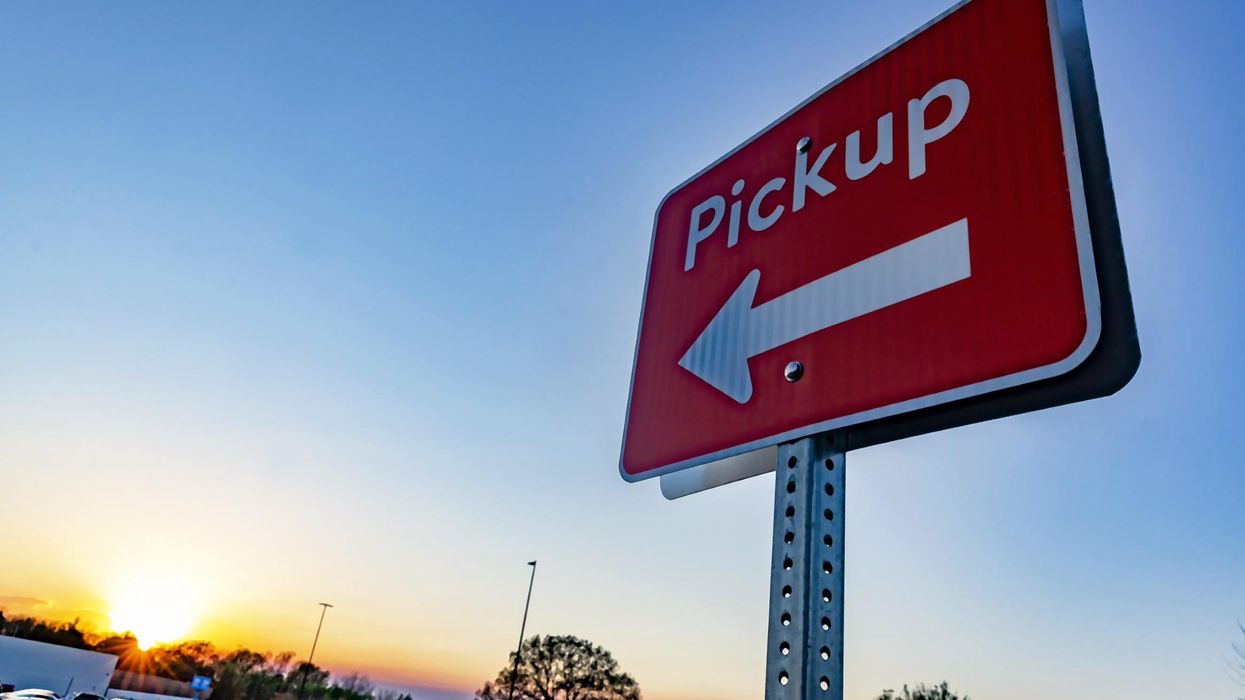Retail Channels
30 January 2023
Egrocery growth to slow over next 5 years
Egrocery is expected to have a CAGR of 11.7% over 5 years, according to Brick Meets Click and Mercatus.

(Photo courtesy of Walmart)
Egrocery is expected to have a CAGR of 11.7% over 5 years, according to Brick Meets Click and Mercatus.

The growth of egrocery sales is expected to slow down in the years after the pandemic, according to a new forecast.
Key findings from a new report from Brick Meets Click and Mercatus:
What’s the takeaway? Egrocery sales are still expected to grow faster than overall grocery retail, which will have a five-year CAGR of 2.5%. However, the growth will slow down from the rapid expansion during the pandemic years.
What’s driving the growth? Alongside inflation, factors in the growth include concerns about illnesses such as COVID, RSV, and the flu, as well as increased online adoption.
Key quote from Brick Meets Click Partner David Bishop: “Now more than ever, grocers need a grounded view of the future market while simultaneously strengthening the customer experience to protect their base business and improving the profitability of this higher cost-to-serve mode of shopping.”

More findings:
Rise of pickup: Grocery pickup is expected to grow 13.6%, compared to 10.8% for delivery and 8% for ship-to-home. With this, pickup will rise to a share of 45.4% in 2022 to 50.3% during 2027. This is due to a pair of interlocking trends: Many grocers are still expanding pickup capabilities. Meanwhile, delivery is growing saturated, as customers have a choice from many different options.
Average order values are expected to grow between 4.2% and 6.4%, inclusive of inflation.
Order frequency is expected to increase from 1.9% to 3.3%.
The bottom line: Egrocery remains a sticky category from the pandemic years. Yet the data indicates that it will return to being a slow buildup rather than the fast rise that occurred in recent years. Expect grocers to get more serious about the profitability of their egrocery programs. After getting capabilities up and running over the last two years, they will want to ensure that these programs make business sense.“When it comes to achieving online channel profitability, my advice to grocery retailers is to work smarter, not harder, and focus on the fundamentals,” said Sylvain Perrier, president and CEO, Mercatus. “Know who your customers are and the value you provide them. Use that insight to deliver a more personalized brand experience that is consistent and frictionless. Take steps to improve margins using simple tactics like offering lower cost Pickup services, engaging with multiple third-party delivery providers, and leveraging first-party retail media to offset the cost to serve online customers.”
Campbell Soup Company CEO Mark Clouse offered thoughts on messaging amid inflationary shifts in consumer behavior.
After months of elevated inflation and interest rate hikes that have the potential to cool demand, consumers are showing more signs of shifting behavior.
It’s showing up in retail sales data, but there’s also evidence in the observations of the brands responsible for grocery store staples.
The latest example came this week from Campbell Soup Company. CEO Mark Clouse told analysts that the consumer continues to be “resilient” despite continued price increases on food, but found that “consumers are beginning to feel that pressure” as time goes on.
This shows up in the categories they are buying. Overall, Clouse said Campbell sees a shift toward shelf-stable items, and away from more expensive prepared foods.
There is also change in when they make purchases. People are buying more at the beginning of the month. That’s because they are stretching paychecks as long as possible.
These shifts change how the company is communicating with consumers.
Clouse said the changes in behavior are an opportunity to “focus on value within our messaging without necessarily having to chase pricing all the way down.”
“No question that it's important that we protect affordability and that we make that relevant in the categories that we're in," Clouse said. "But I also think there's a lot of ways to frame value in different ways, right?”
A meal cooked with condensed soup may be cheaper than picking up a frozen item or ordering out. Consumers just need a reminder. Even within Campbell’s own portfolio, the company can elevate brands that have more value now, even if they may not always get the limelight.
The open question is whether the shift in behavior will begin to show up in the results of the companies that have raised prices. Campbell’s overall net sales grew 5% for the quarter ended April 30, while gross profit margins held steady around 30%. But the category-level results were more uneven. U.S. soup sales declined 11%, though the company said that was owed to comparisons with the quarter when supply chains reopened a year ago and expressed confidence that the category is seeing a longer-term resurgence as more people cook at home following the pandemic. Snacks, which includes Goldfish and Pepperidge Farm, were up 12% And while net sales increased overall, the amount of products people are buying is declining. Volumes were down 7%.
These are trends happening across the grocery store. Campbell is continuing to compete. It is leading with iconic brands, and a host of different ways to consume them. It is following that up with innovation that makes the products stand out. Then, it is driving home messaging that shows consumers how to fit the products into their lives, and even their tightening spending plans.
Campbell Soup is more than 150 years old, and has seen plenty of difficult economic environments. It is also a different business today, and will continue to evolve. At the end of the day, continued execution is what’s required.
“If it's good food, people are going to buy it, especially if it's a great value,” Clouse said.